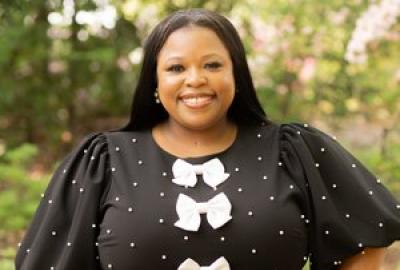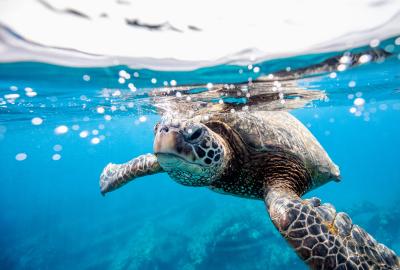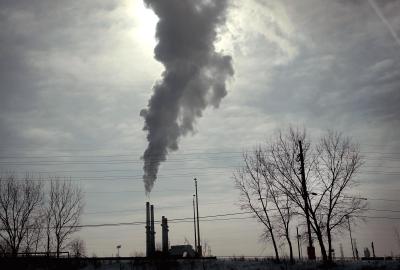From coasts to farms to cities, how Biden’s landmark climate plan is helping communities across the country
The Biden administration has invested a whopping $1.5 trillion to fight climate change and support clean energy.
That money is taking on America’s planet-warming pollution while creating hundreds of thousands of jobs and helping to protect communities across the U.S. from the worst impacts of climate change. Here’s how.
Cleaner air in cities
Across the U.S., 131 million people live in areas with unhealthy levels of air pollution. But now, money is flowing to change that.
“I see the positive impact of the Inflation Reduction Act every day,” says Jayne Black, who lives in Green Bay, Wisconsin, the state’s third-largest city.
The Inflation Reduction Act, combined with Bipartisan Infrastructure Law, is the largest public investment the U.S. has ever made in clean energy and to fight climate change.
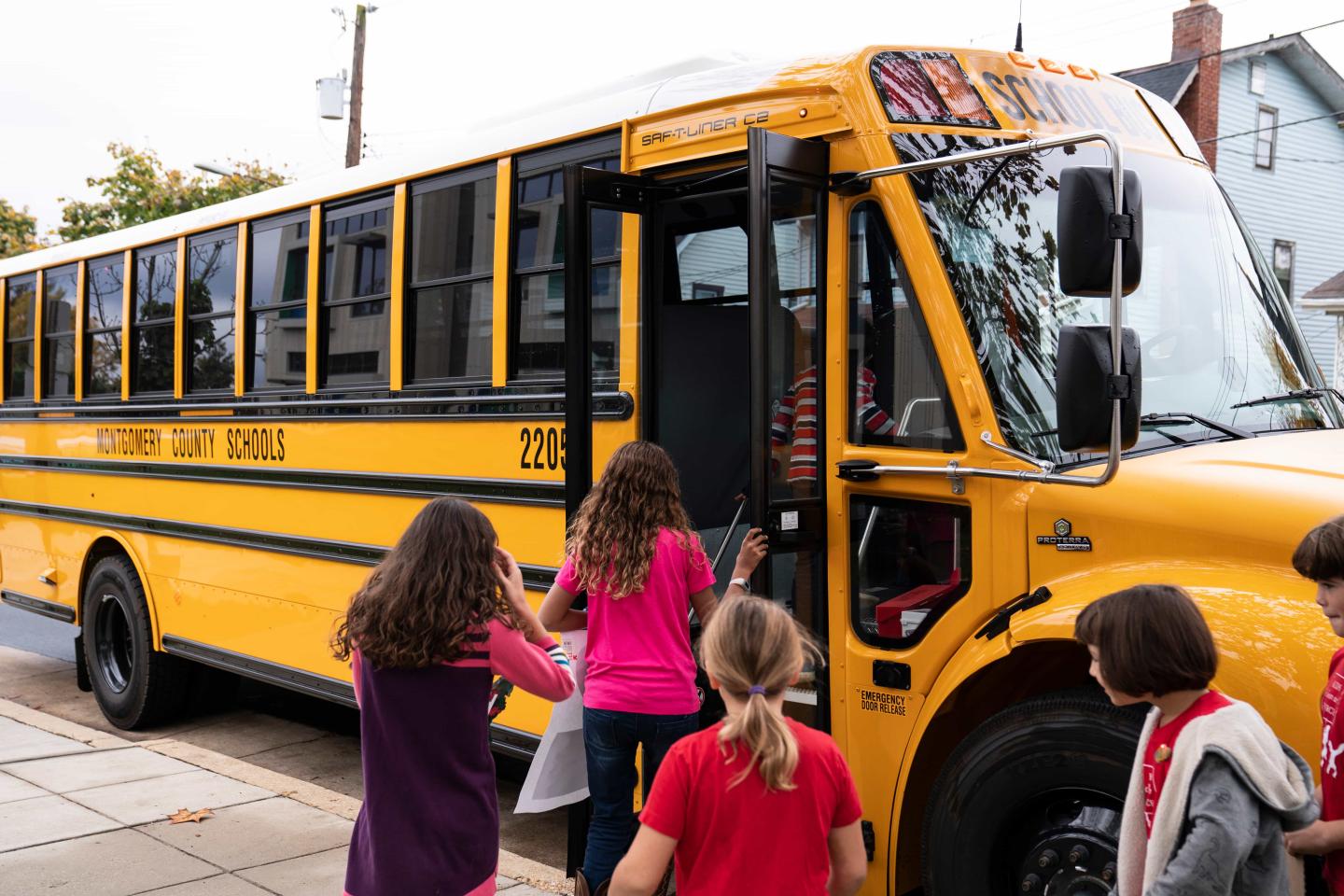
Through the advocacy group, Moms Clean Air Force, Black is tapping into those funds to help schools transition to pollution-free school buses.
“We’re at 135 electric school buses and there’s more to come,” says Black. “Think about how many children will go from a dirty diesel bus that’s so bad for their health to a zero-emission bus! I get to see and celebrate that.” Across the country, about 8,500 electric school buses are now in use.
The clean energy plan also allocates billions toward public transit upgrades, along with money to clean up heavy-duty vehicles like diesel trucks and city buses, which routinely choke city streets with pollution.
Los Angeles, for example, has already replaced its fleet of city buses with electric ones, cutting harmful pollution that causes respiratory problems and delivering a better quality of life for residents. Nearly 120 other communities across 47 states are also getting money to improve their transit buses.
New revenue for farming communities
Ben Thomas knows firsthand what climate change is doing to rural communities. Not only did he grow up on a cotton farm in Texas, he’s also an expert in agricultural policy at Environmental Defense Fund.
“Because of the drought ravaging the American west — and market forces that keep the price of cotton low — my family’s farm hasn’t had a positive cash flow in four years,” he says.
But conservation programs, which were expanded by the new federal climate plan, offer farmers another source of revenue. For example, farmers can get paid to plant cover crops, which are grown strategically to protect and improve the soil between primary crops. They can also be compensated for reducing unnecessary fertilizers or pesticides.
“Planting cover crops means income coming in,” Thomas says. “The new climate funds help us and others like us transition to conservation activities.”
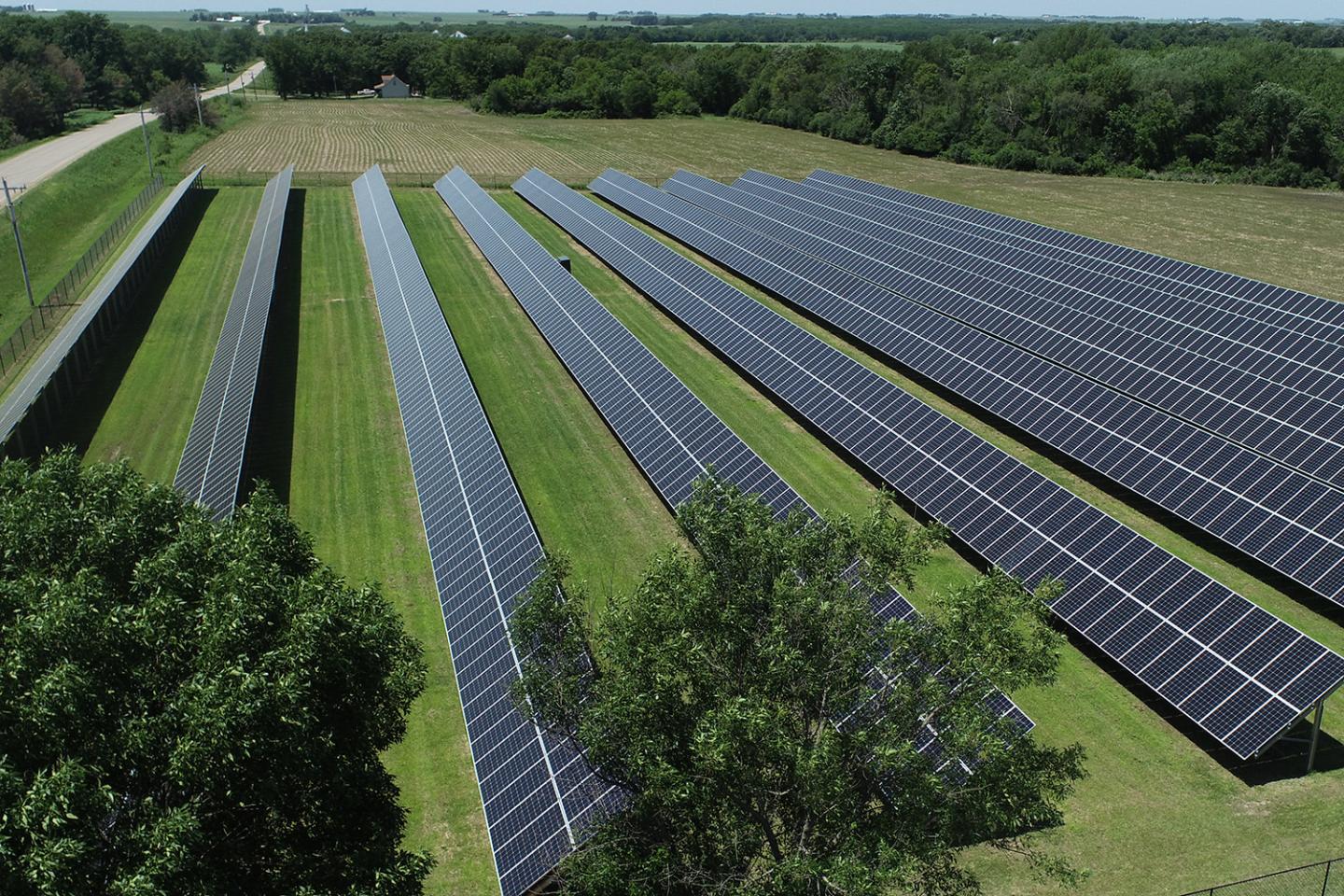
Rural areas can also take advantage of federal climate change dollars through the $2 billion Rural Energy for America Program, which provides grants and loans for the installation of renewable energy systems. For example, farmers in Iowa have already been using the program to install solar panels to power their operations, reducing energy costs and reliance on fossil fuels.
“These programs help give farmers the right tools and resources to bring their farms into the 21st century,” Thomas says. “All while helping to fight climate change.”
- Two huge climate laws signed in the last four years are already changing lives
- How one family saved $13,000 by going green
Storm protection along the coasts
As climate change hits U.S. coastal communities with a double whammy of rising seas and stronger storms, there’s $2.6 billion in the federal climate plan to help them prepare.
“This unprecedented investment will be transformative,” says Rick Spinrad, head of NOAA, the agency charged with building climate-ready coasts.
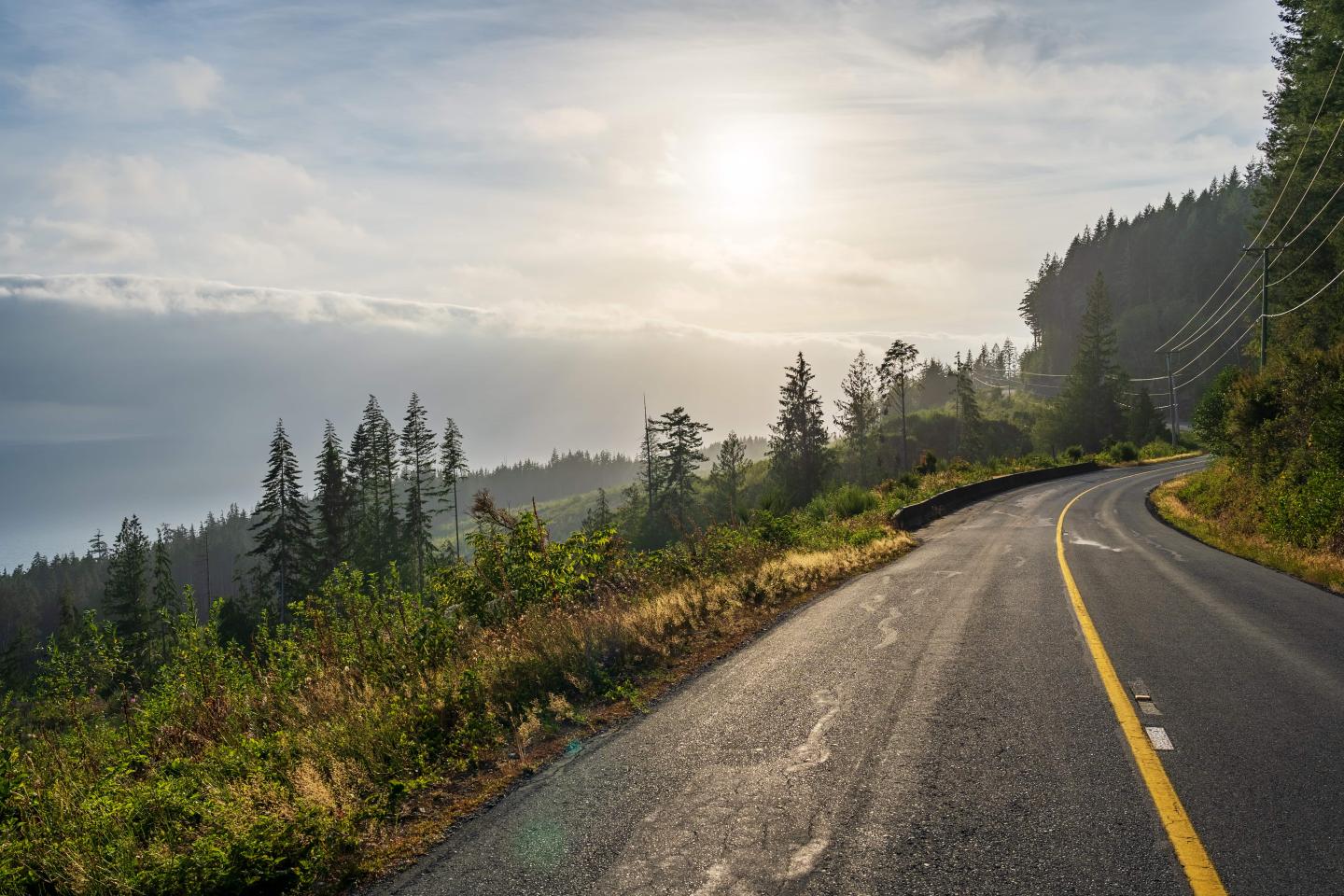
For example, in Washington state, scenic byway 112 carries an ominous moniker, “landslide alley.” It is one of about 60,000 miles of coastal highways in the U.S., some of which are threatened by flooding and extreme storms. If closed, these vital roads can leave coastal communities stranded.
That's why federal climate money is funding a project to re-align State Route 112 while restoring the natural habitat along Puget Sound and improving storm water drainage.
In the southeast, $421 million will help protect coastal communities from Maryland to North Carolina by restoring wetlands and forests, which can shield communities from flooding, and are vital to reducing the impact of climate change.
“From sea level rise and storm surges to eroding infrastructure, coastal communities are on the frontlines of dealing with the worsening impacts of the climate crisis,” says National Climate Advisor Ali Zaidi, adding that’s why the federal government is using every tool it can to safeguard these communities while fighting climate change.
